The IT Pro Podcast: 100 years of innovation
For our 100th episode, we take a look at the last century of technological progress
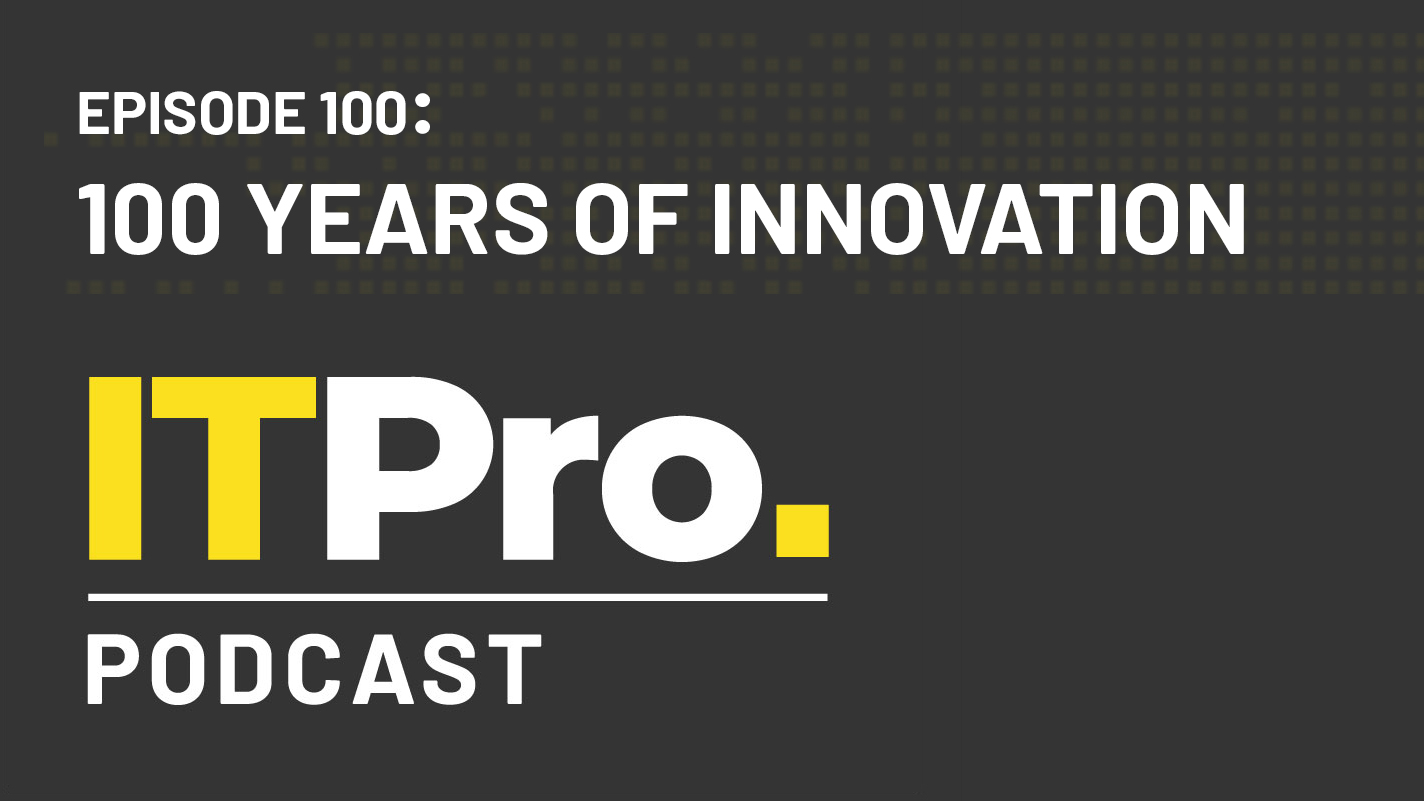
This week marks the 100th episode of the IT Pro Podcast, and to celebrate the occasion, we’ve got a special bumper episode where we’ll be looking back over the last 100 years of technological development. We examine the inventions that have led up to the present day, the impact that they’ve had, and how current innovations may impact the future. Join us as we discuss the birth of Silicon Valley, the world’s first internet service providers and the explosion of mobile technology, along with much more.
We’d also like to thank you for your continued support. We love bringing you these weekly podcasts, and we’re looking forward to the next hundred episodes.
Highlights
“When I think back to when I was in primary school, we had BBC Micros, and that kind of thing, which when you look at them aesthetically, they’re very similar to the IBM Personal Computer. So it is interesting how that filtered down. Now, at the same time as this was going on, the Xerox Star operating system was introduced, which is the birth of the graphical user interface, the GUI, and also the desktop metaphor. Lots of other things that we associate with modern computing: bitmap displays, networking, email capabilities, which is not bad in the 1980s considering there was no internet yet.”
“The big thing with the web was that it democratised information and access to information in a huge way. And without HTTP and HTML, in particular, making it comparatively easy to set up your own website with very minimal resources. Without that, the web as we know it would not exist, because it would only be for big companies and big organisations with the resources and the skills to create websites. And having this accessible open toolkit enabled anyone to start a website. And without that huge explosion in content, the web would not have been this all-consuming thing that everyone had to be on.”
“In the UK, in 2003, the first commercial 3G networks became available. This was the originator of the term mobile broadband. I'm sure that many of our listeners remember this as a big turning point in how we use mobile devices. Without it, we don't have smartphones, we don't have social media. We don't have what we're doing here now, speaking to each other virtually, because you don't have FaceTime, all these kinds of things. You can do whatever with it. And this 24 hour connectivity really is impossible without 3G, or would have been impossible without 3G.”
Read the full transcript here.
Footnotes
- The IT Pro Podcast: IR35 - what happens now?
- The IT Pro Podcast: What makes a Silicon Valley CEO? (Part Two)
- The IT Pro Podcast: What makes a Silicon Valley CEO? (Part One)
- What can the rest of the world learn from Silicon Valley?
- London Underground to get full 4G coverage by 2024
- EE becomes first UK telco to confirm 3G retirement plans
- Eight tips for reducing screen fatigue while working from home
- The IT Pro Podcast: Can 5G close the digital divide?
- The IT Pro Podcast: The teenager who started a networking firm
- Apple concedes ground to developers with $100 million settlement
- Six key events that helped Microsoft dominate the PC platform
- ARPANET’s first transmission is 50, but its influence is still felt today
- Tim Berners-Lee wants us to build a better World Wide Web
Subscribe
- Subscribe to The IT Pro Podcast on Apple Podcasts
- Subscribe to The IT Pro Podcast on Google Podcasts
- Subscribe to The IT Pro Podcast on Spotify
- Subscribe to the IT Pro newsletter
- Subscribe to IT Pro 20/20
Get the ITPro daily newsletter
Sign up today and you will receive a free copy of our Future Focus 2025 report - the leading guidance on AI, cybersecurity and other IT challenges as per 700+ senior executives
ITPro is a global business technology website providing the latest news, analysis, and business insight for IT decision-makers. Whether it's cyber security, cloud computing, IT infrastructure, or business strategy, we aim to equip leaders with the data they need to make informed IT investments.
For regular updates delivered to your inbox and social feeds, be sure to sign up to our daily newsletter and follow on us LinkedIn and Twitter.
-
 Bigger salaries, more burnout: Is the CISO role in crisis?
Bigger salaries, more burnout: Is the CISO role in crisis?In-depth CISOs are more stressed than ever before – but why is this and what can be done?
By Kate O'Flaherty Published
-
 Cheap cyber crime kits can be bought on the dark web for less than $25
Cheap cyber crime kits can be bought on the dark web for less than $25News Research from NordVPN shows phishing kits are now widely available on the dark web and via messaging apps like Telegram, and are often selling for less than $25.
By Emma Woollacott Published
-
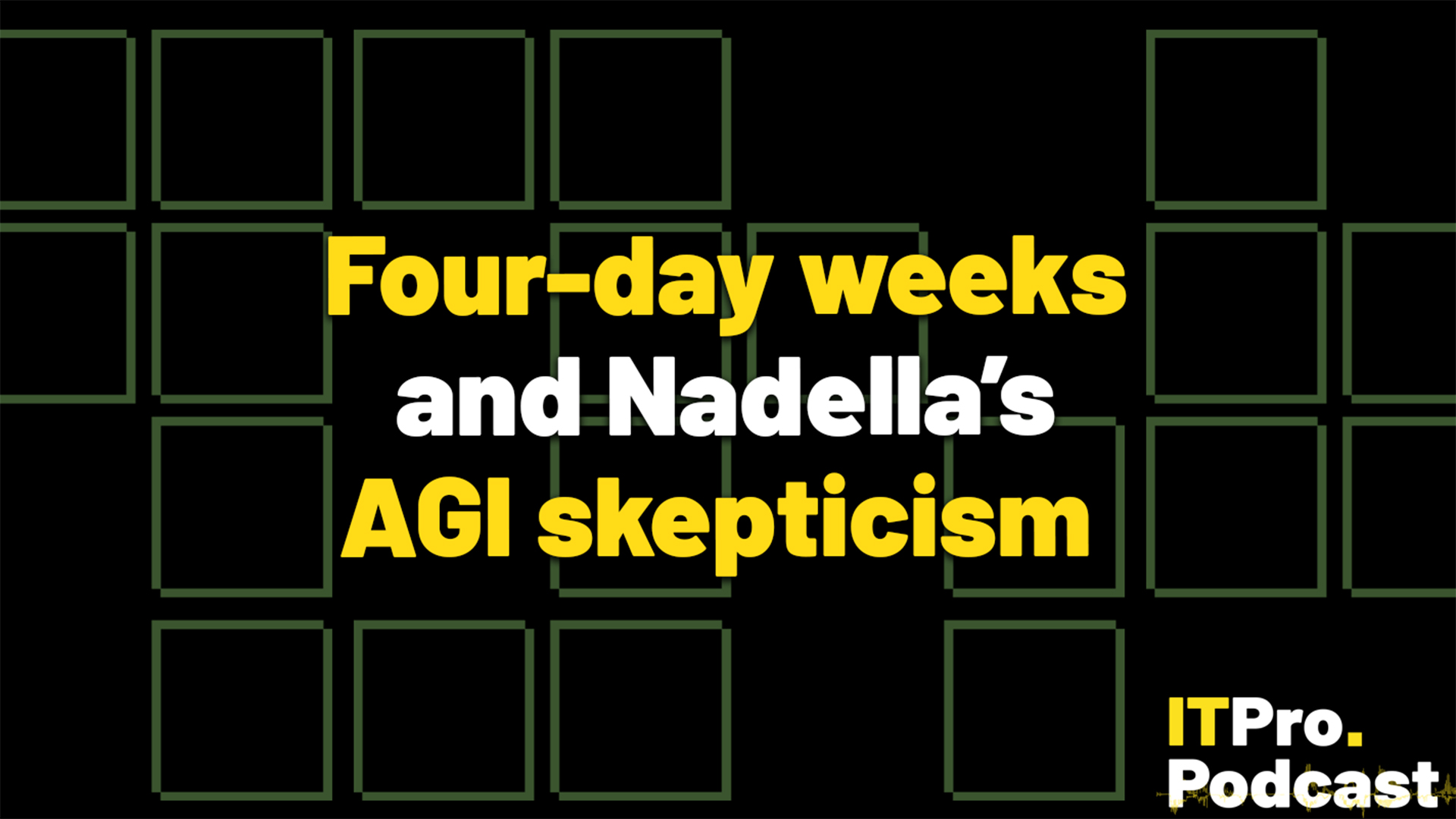 Four-day weeks and Nadella's AGI skepticism
Four-day weeks and Nadella's AGI skepticismITPro Podcast As the Microsoft chief casts doubt on ultra-advanced AI systems, a famous security blogger has fallen victim to a classic attack
By Rory Bathgate Published
-
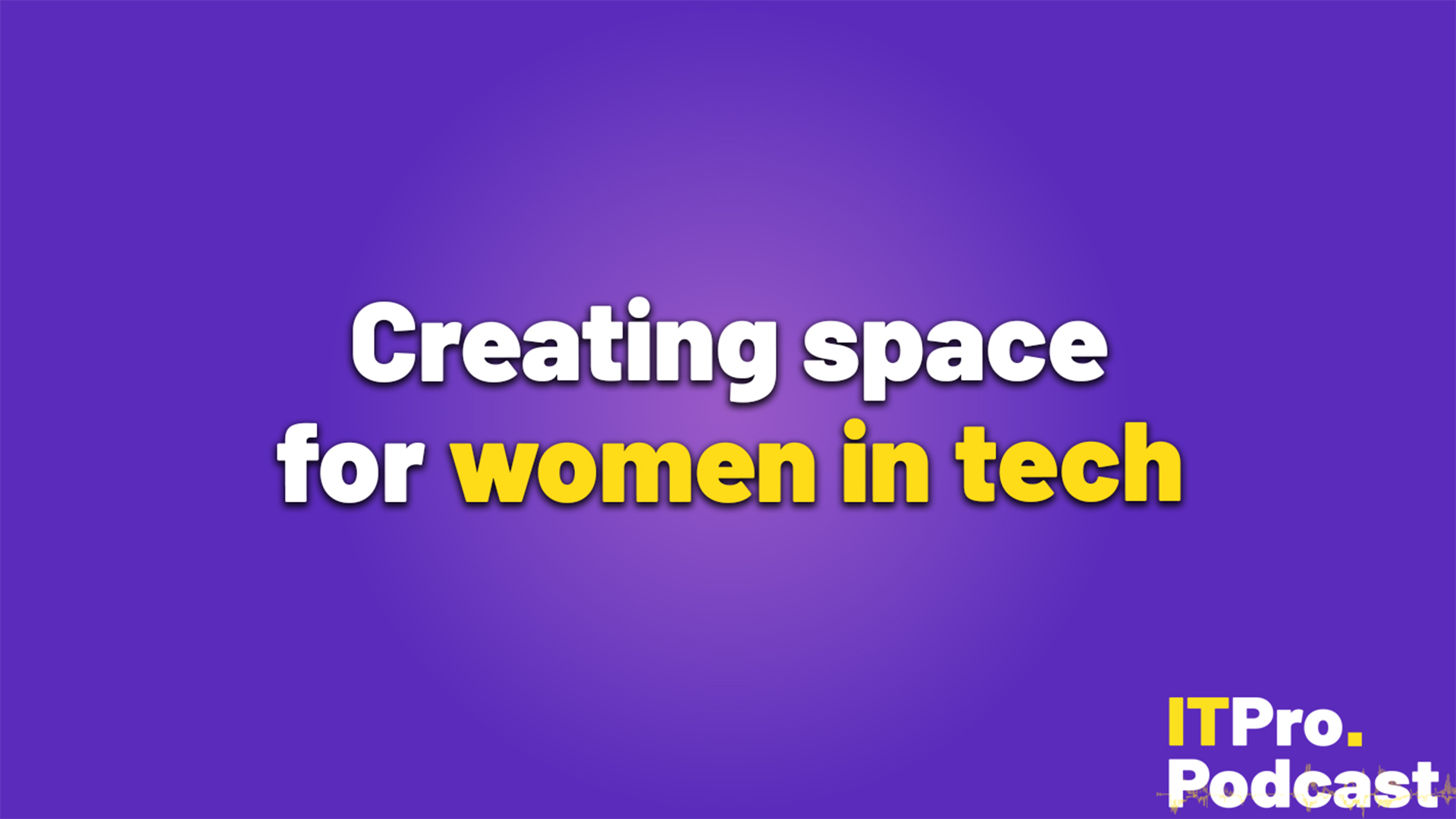 Creating space for women in tech
Creating space for women in techITPro Podcast Tech's huge gender divide can only be tackled with more welcoming, proactive sectoral efforts
By Rory Bathgate Published
-
 What is the EU's AI plan?
What is the EU's AI plan?ITPro Podcast As the EU moves to enable AI innovation, it could end up striking the perfect balance between regulation and public support – especially as US AI laws become more complex
By Rory Bathgate Published
-
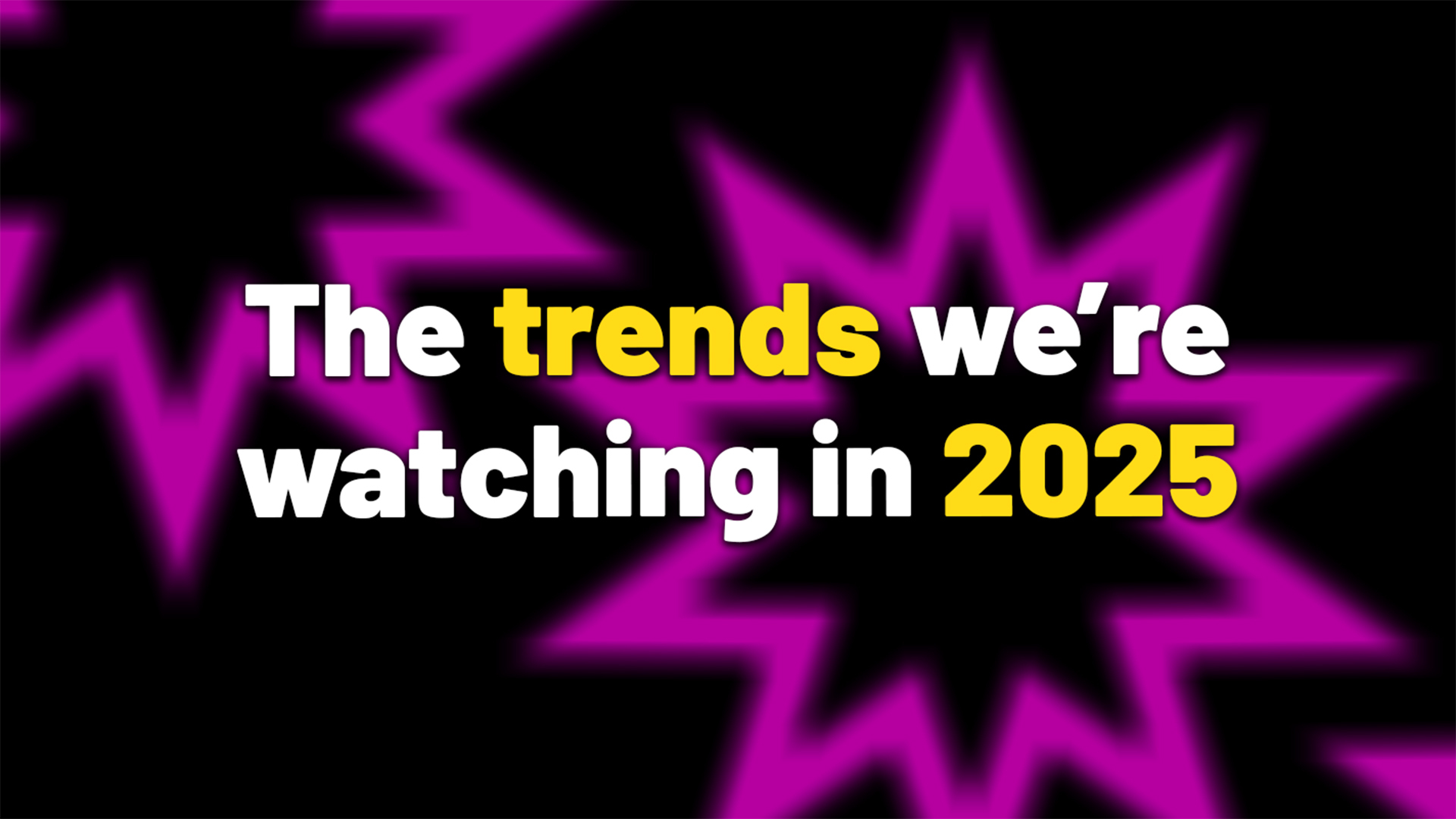 The trends we’re watching in 2025
The trends we’re watching in 2025AI for security and sovereign cloud could be top driving forces in the coming year
By Jane McCallion Published
-
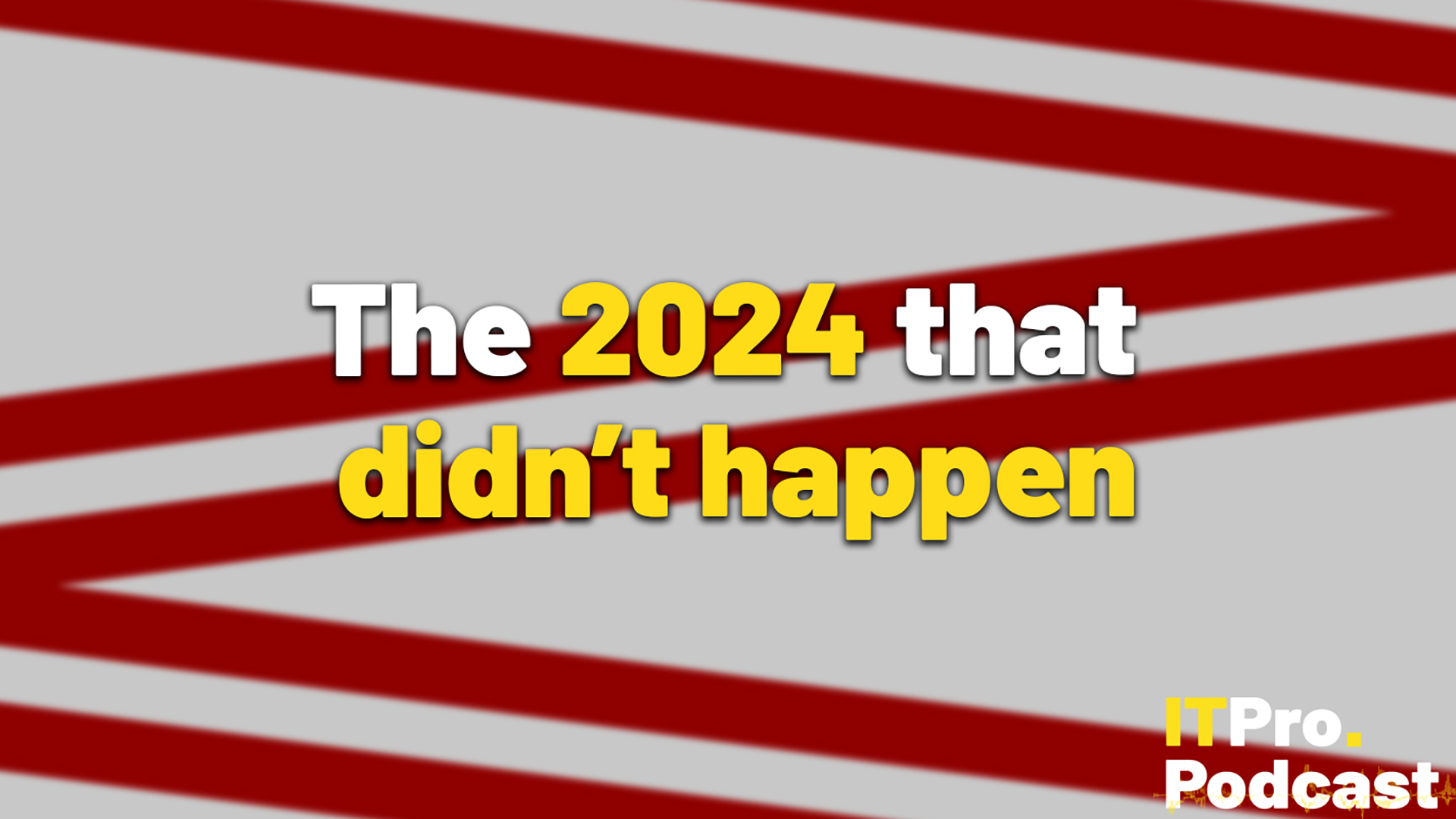 The 2024 that didn't happen
The 2024 that didn't happenThese are the megatrends of the year that failed to materialise
By Jane McCallion Published
-
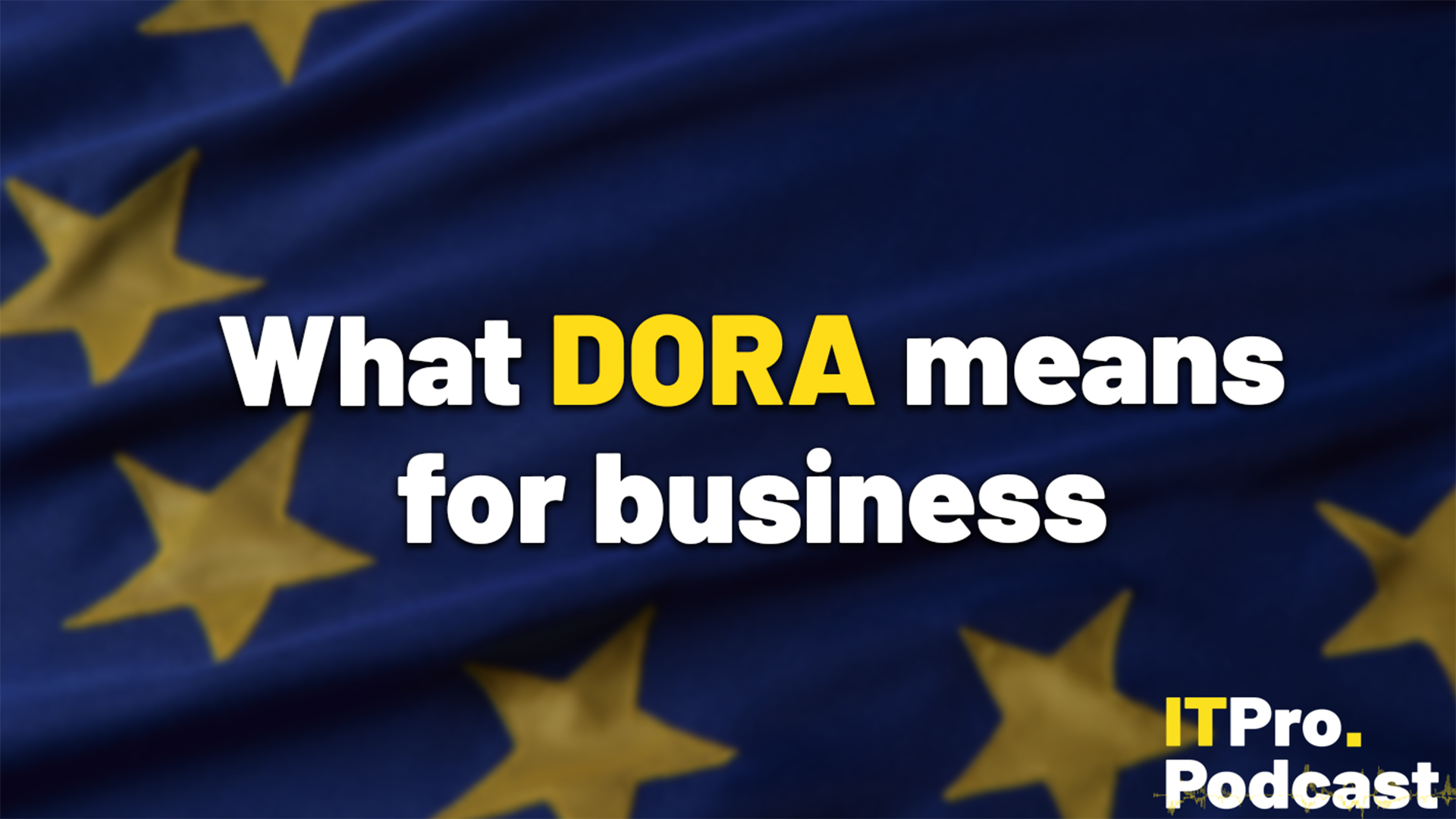 What DORA means for business
What DORA means for businessITPro Podcast Stringent requirements for third party monitoring and ongoing resilience testing could help put businesses on the best track for security
By Rory Bathgate Published
-
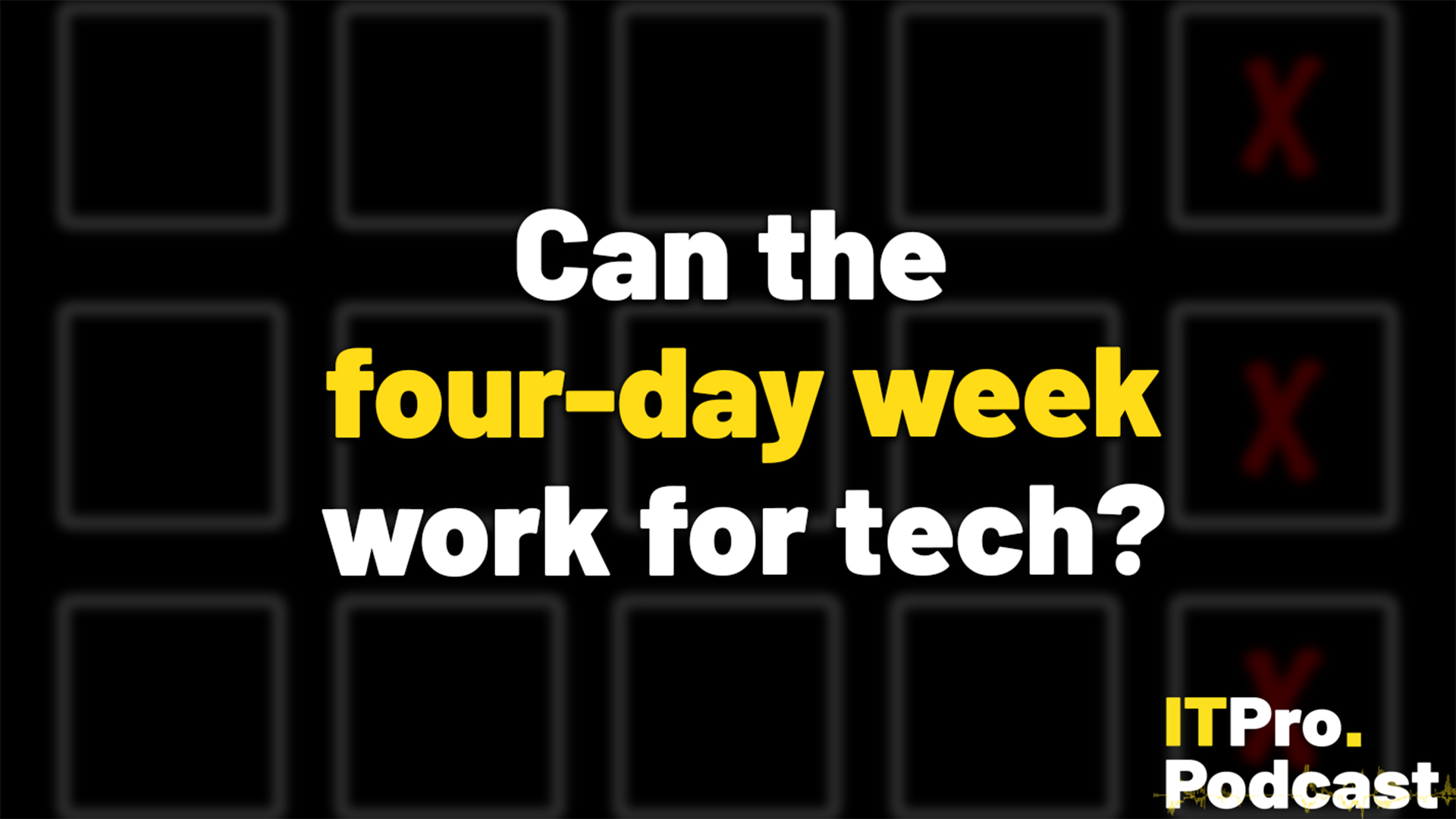 Can the four-day week work for tech?
Can the four-day week work for tech?ITPro Podcast As the four-day week gives Icelandic workers a boost, we also look at whether AI coding is up to scratch – and if OpenAI can keep its funding momentum
By Rory Bathgate Published
-
 How to sell cyber security without the FUD
How to sell cyber security without the FUDITPro Podcast A trusted network of cybersecurity marketing professionals can help professionals cut through at the board level
By Rory Bathgate Published
